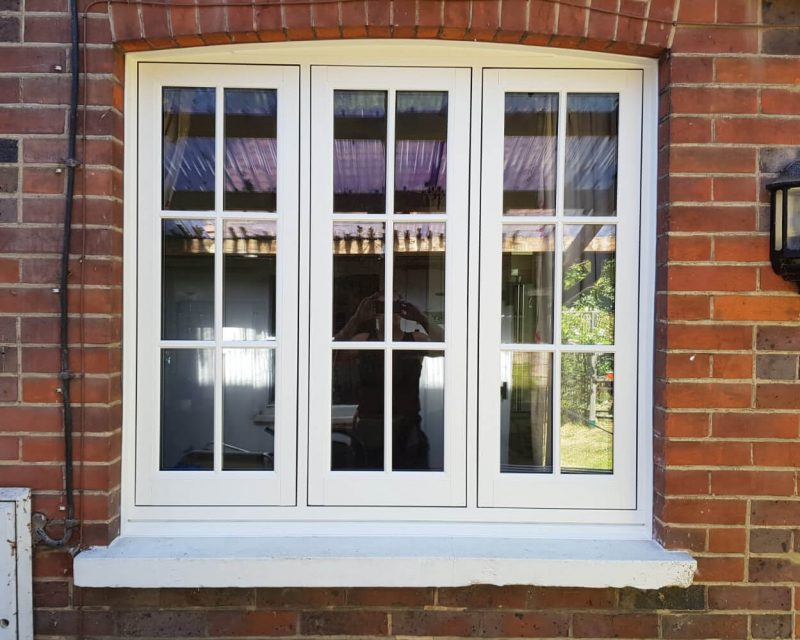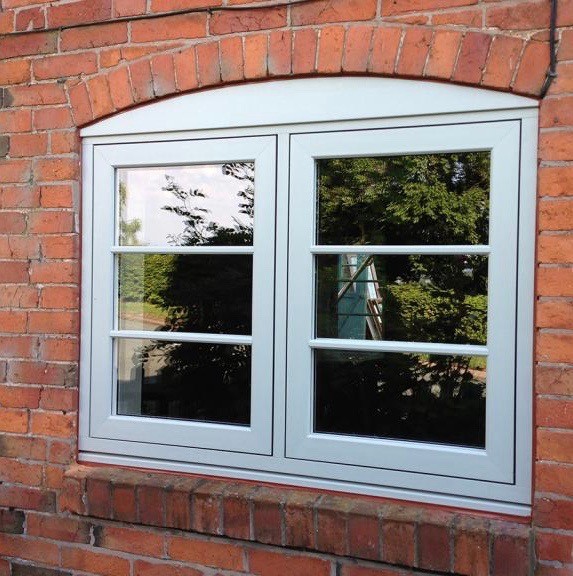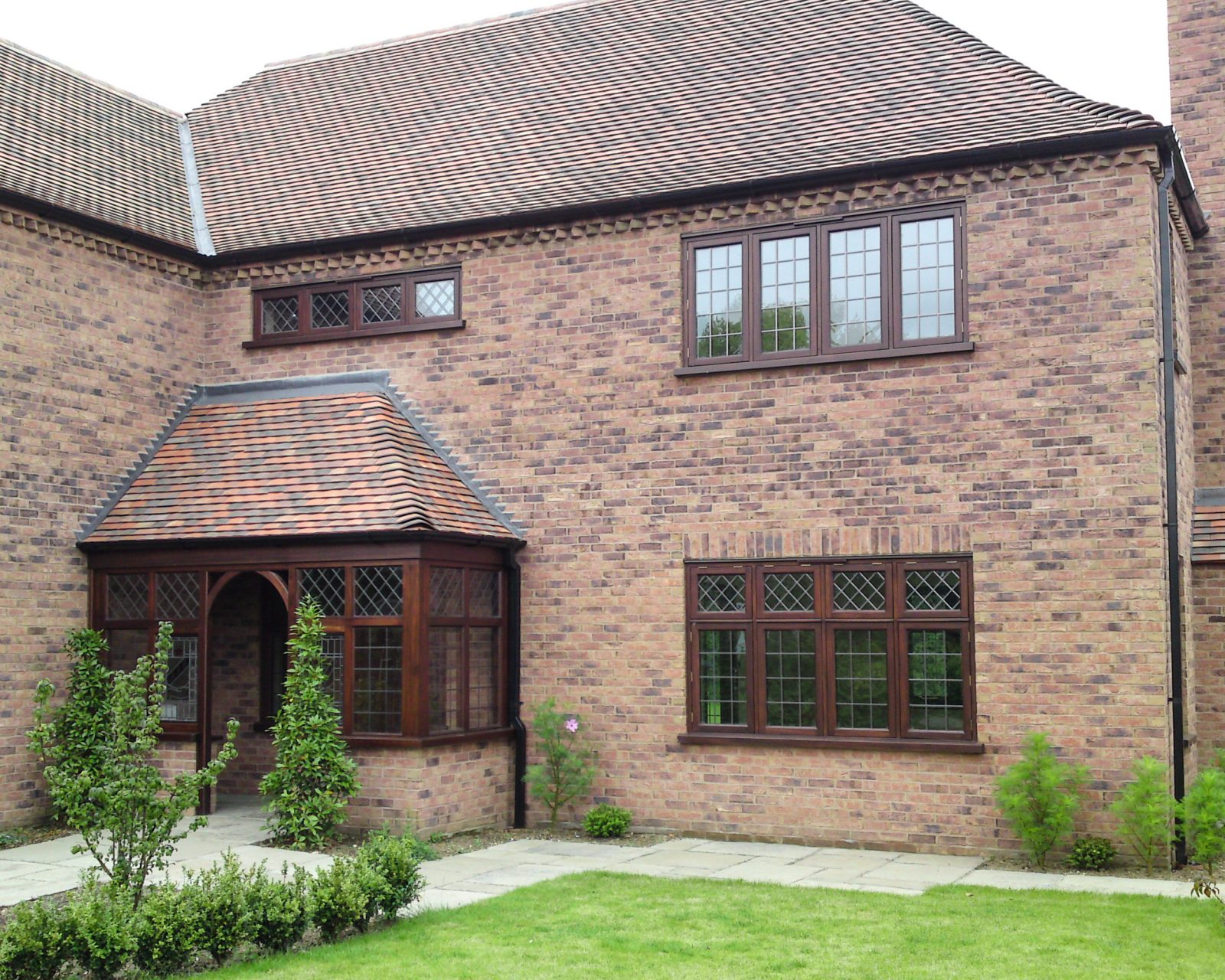Get A Quote
One of our team would be happy to have a chat with you about your requirements, answer any unanswered questions and measure up at a time that suits you to provide you a free, no obligation quote.
On the surface, the differences between Casement Windows and Flush Casement Windows (also known as flush sash windows) seem pretty obvious. The clue is in the name, right? However, we at Sheerwater Glass hear time and time again from homeowners across the South East that there’s more they want to know. That’s why we thought it worthwhile to put together a blog post to make it easier for homeowners looking to improve their double glazing to understand the difference between casement Windows and flush casement windows once and for all.
Here we’ll cover everything from differences in colour and appearance to performance and function, all in an effort to help you make the best decision for your property.

Traditional casement windows are still the most popular window design in the UK, offering optimal energy efficiency, function, and looks regardless of the property’s age, style, or type. Most are fitted with modern double glazing, but triple glazing is also an option.
Single casement windows open out, with hinges either on the top or side depending on the space available, and a sash that slightly protrudes from the window frame to give a defined aesthetic. Engineered in either low-maintenance uPVC, traditional timber or durable aluminium, casement windows have remained a reliable window option for literal decades.

The biggest benefit of opting for casement windows is the style’s inherent flexibility. Because while we at Sheerwater Glass primarily serve homeowners living in residential properties, it’s not uncommon to see casement windows used in commercial buildings either. Casement windows are often thought of as the bread-and-butter of home improvement, perfectly melding modern security and performance with simple looks and easy open-out function.
Flush casement windows, by comparison, offer a traditional design that is far more heritage-driven when compared to the aesthetics of a standard casement window. The ‘flush’ name comes from the fact that the opening part of the window doesn’t project out of the frame as it can in other styles. Instead, with a flush window you get a casement that lies flush within the frame. The result is an incredibly sleek exterior appearance that mimics the look of a traditional timber window and wouldn’t look out of place in an early 20th-century building.
Though highly rooted in the past, flush casement windows have started to become fondly thought of for use within historical and modern properties alike. They open out in the same top- or side-hung fashion as a regular casement window, sure, but the noticeably flush appearance and clean lines result in a look far sleeker and more contemporary, regardless of whether you choose to have them installed in low-maintenance uPVC or authentic timber material. Modern flush casement windows deliver a markedly minimalist design that, while not as flexible as casement windows, is more desired in certain scenarios – especially when compared to alternate opening options like sliding or double-hung windows.

Working out whether or not you should opt for a standard casement window or flush casement window is entirely dependent on two factors: the age of your home and what look you want to achieve. Arguably the first is more important; for example, if you’re hoping to replace your home’s existing worn timber windows with low-maintenance uPVC, you would probably want to opt for the more traditional look that flush casement windows can achieve. On the other hand, casement windows can be tailored to both modern and historical buildings alike due to their inherent flexibility.
The good news is that, regardless of which casement style you end up going for, both are equally energy efficient and both deliver almost the same in terms of security and functionality too. The main difference is purely in terms of appearance, and whether or not you want a casement window style that is lipped or sits flush within the frame for a sleeker and more traditional look originally popularised by timber. Once you’ve settled on your preferred appearance, other factors like materials, additional extras and cost can be properly considered.

Flush or standard, Sheerwater Glass is happy to be the casement window expert you can trust.
If you have a particular building project in mind for your home that includes the need for new windows, we at Sheerwater Glass would be happy to discuss the differences between Casement Windows and Flush Casement Windows further, as well as which style might be the best solution for your home. Getting in touch is as simple as filling in our online form, after which we’ll get to work putting together a free quote.
The types of windows guide (and which are the best!)
One of our team would be happy to have a chat with you about your requirements, answer any unanswered questions and measure up at a time that suits you to provide you a free, no obligation quote.
Sheerwater Glass provides window installation and repairs throughout Surrey and the surrounding areas of our Woking showroom. If you’re interested in our services, we encourage you to check if we serve customers in your area by simply typing in your postcode.
If you check and find that we don’t serve customers in your area, in some cases, we may be able to help. Please call us to find out more.